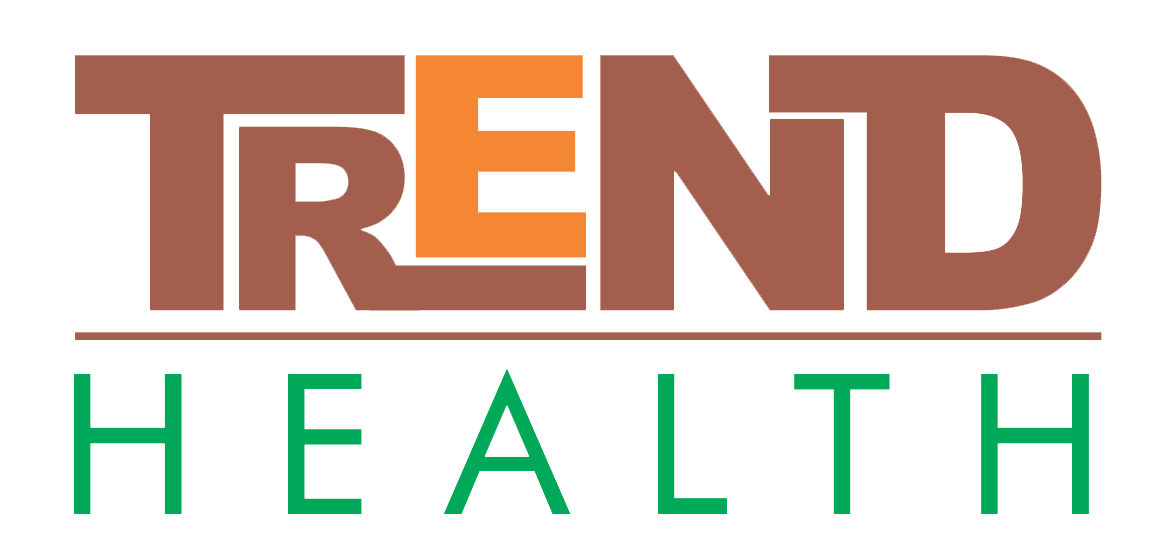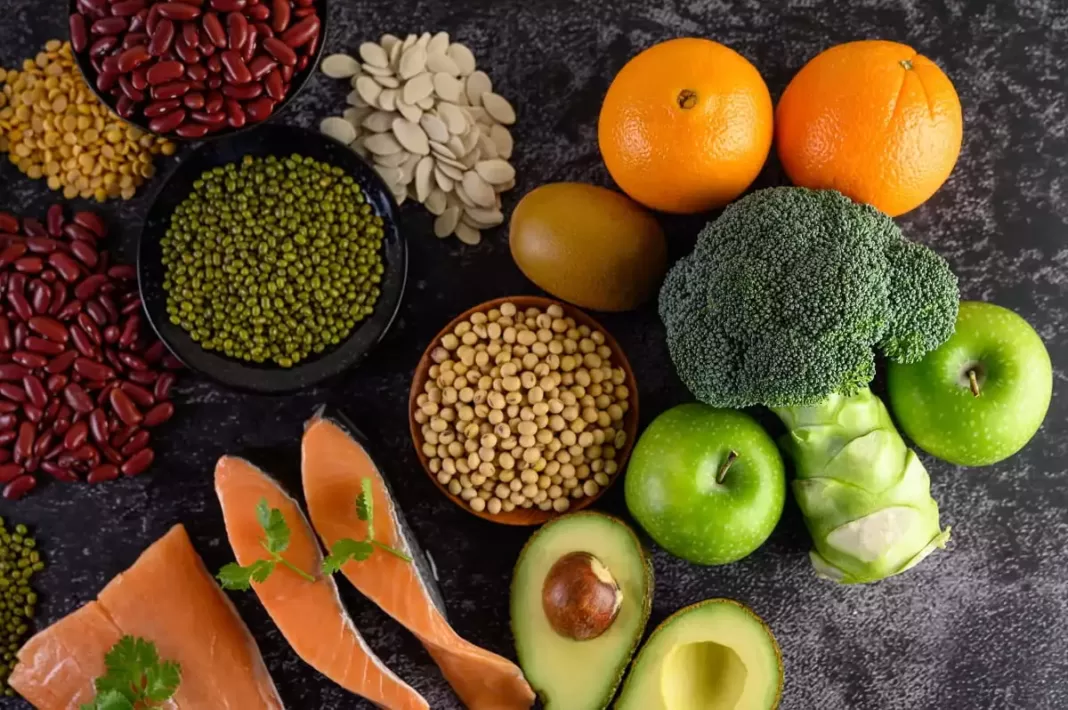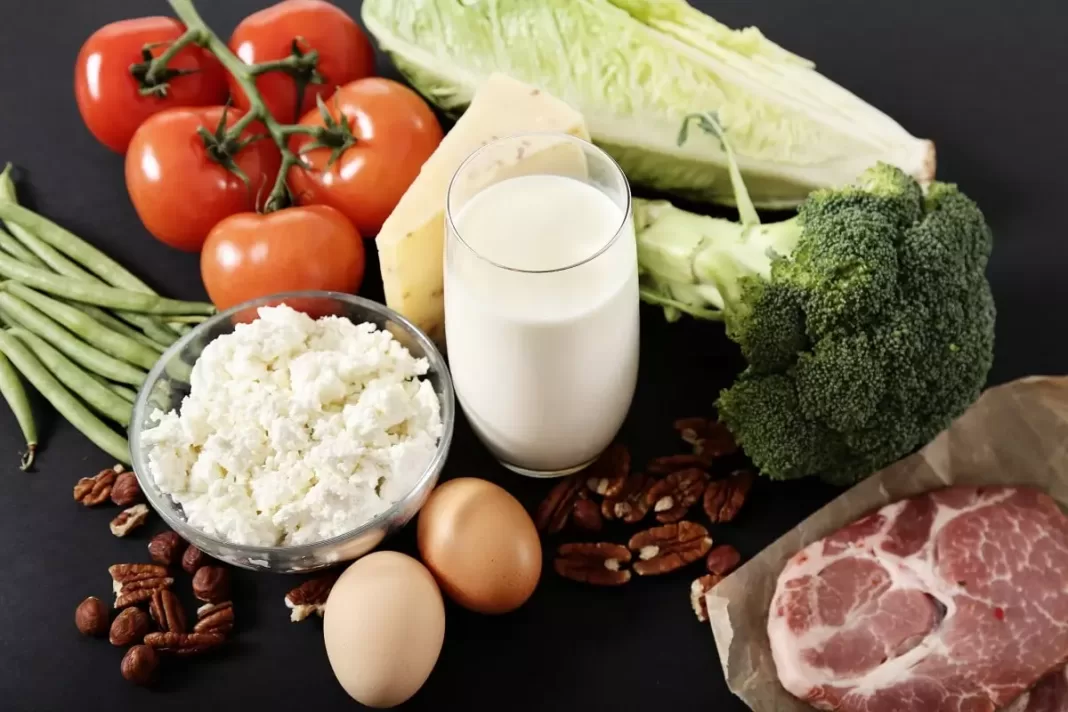What is Protein?
Protein is made up of amino acids. Amino Acid can be divided into two main categories: Non-essential Amino Acid-the body can make it on its own without relying on food; Essential Amino Acid-the body cannot make it, it depends on food. Almost half of the amino acids are produced by the body, and the rest is provided by food.
Protein can be divided into animal protein and plant protein. The former includes beef, pork, lamb, poultry, offal, eggs, milk, fish, etc.; the latter includes beans, wheat and other cereals.
Main functions
The main elements that maintain the growth and development of the human body, constitute and repair cells, are the basic substances for the production of hormones, enzymes, antibodies, muscle tissue, hair, nails, etc. It also assists in the growth, repair and renewal of bones, muscles, connective tissues, and hollow organs. It has an important role in regulating physiological functions and maintaining the body’s pH balance.
Protein can provide enough amino acids to human cells, which then make new proteins. Proteins produced by different cells have different effects on the body. The differences in the body are due to their different molecular formulas, which are determined by the amino acid sequence of the genetic material in the nucleus.
Recommended daily intake The daily protein intake of adults should be 10% of the total calorie intake. Ordinary people can absorb enough protein from their daily diet. Meat is the main source of protein. It is recommended to consume less than 100 to 150 grams of lean meat a day to avoid absorbing excessive fat; if possible, it is better to be vegetarian one day a week. Vegetarians who do not eat meat and dairy products can absorb protein from foods such as tofu, nuts, and green beans.
Intake and problems
Children’s lack of protein can lead to slow growth, and adults’ lack of protein can cause hair loss and muscle loss. Animal protein generally contains a lot of fat, and eating more can cause Cardiovascular Disease, so it is not advisable to eat too much.
Since the waste produced by protein metabolism is cleared by the liver and kidneys, excessive intake will cause the liver and kidneys to be overloaded.
Sources of Protein Foods
|
Weight
|
Contains protein
|
|
|
meat
|
100 grams of chicken breast
|
28 grams
|
|
|
100g pork
|
25 grams
|
|
Fruits and vegetables
|
A cup of small beans
|
16 grams
|
|
|
1 cup of green beans
|
15 grams
|
|
Dairy products
|
One egg
|
6 grams
|
|
|
A cup of whole milk
|
8 grams
|
|
cereals
|
A slice of whole wheat bread
|
3 grams
|
|
Fishes
|
100 grams of sardines
|
24 grams
|
|
|
100 grams of fresh shrimp
|
20 grams
|
|
nut
|
A cup of almonds
|
24 grams
|







